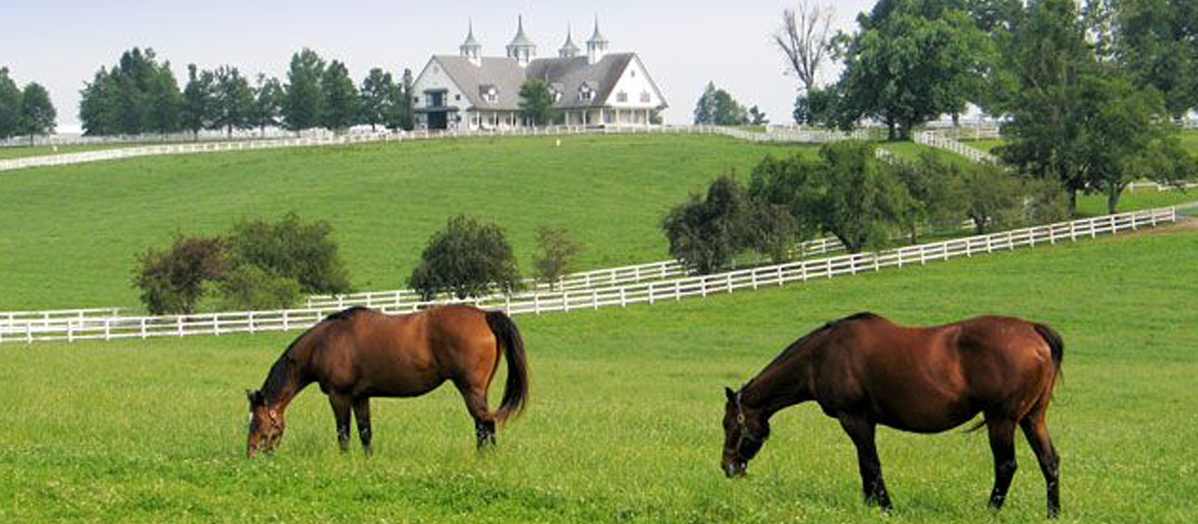365 Days in Horse Country – The Colour of Wild

Take a look
at some of the oldest indigenous wild equids in the world, and you’ll notice
one thing in common: a dun colouration.
Now look at certain breeds of modern-day horses, and you’ll also see
this same colour. Many experts believe
that the dun colouration is the original colour of the horse.
The classic dun colouration is characterized by a tan body with dark legs, muzzle, mane, and tail. A black dorsal strip is always present, and a dark stripe can sometimes be seen on the horse’s legs.
Different variations of the dun exists, including red dun and grulla. The dun gene is a simple dominant gene in the horse, which means only one parent needs to be a dun for the foal to have the colouration.
Duns are plentiful in certain breeds of horses, especially various strains of Spanish Colonial Horses, Quarter Horses, and Norwegian Fjords. This wild colour is clearly a throwback to the original wild horse.
Michael







